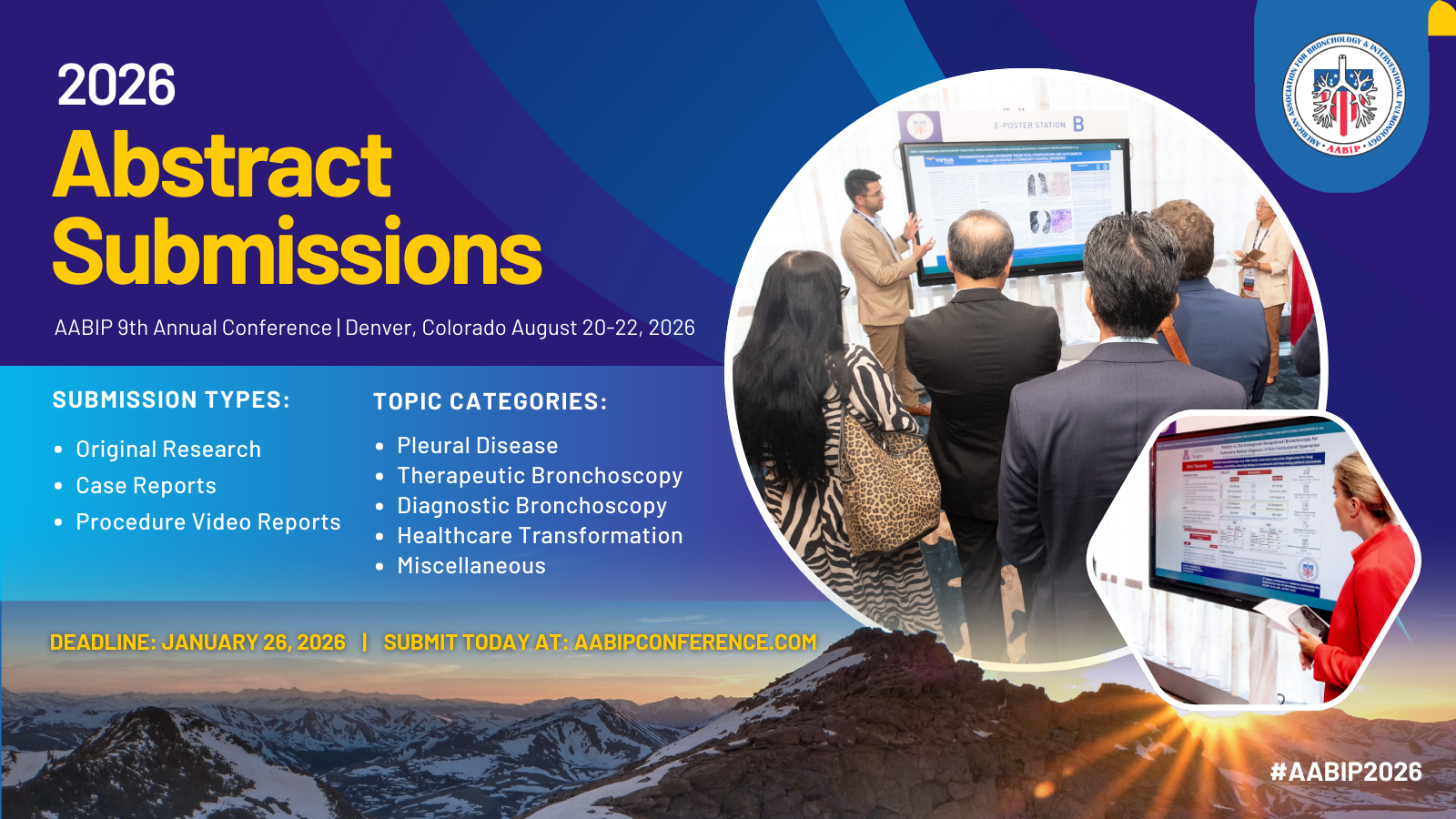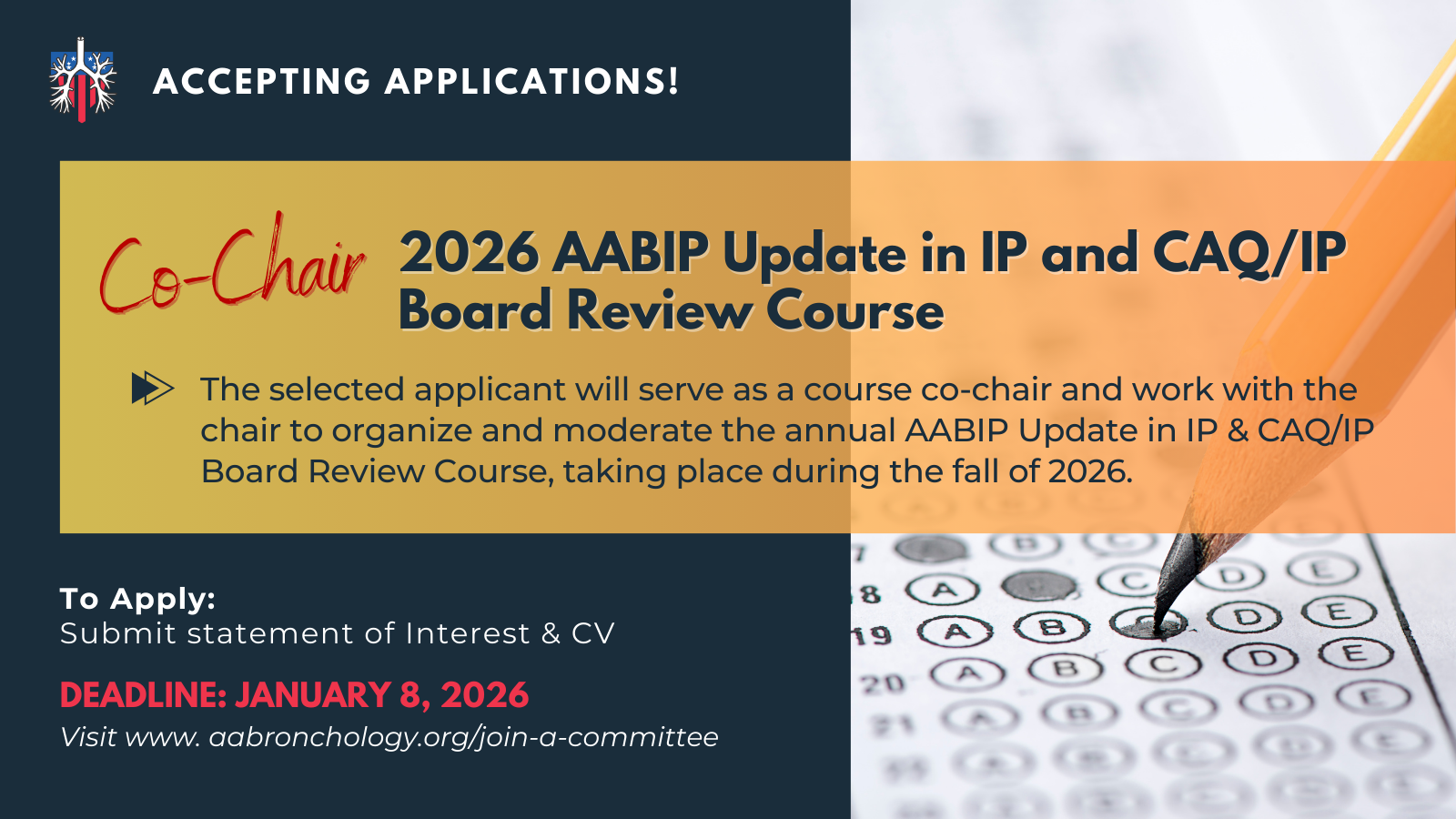CAQ Knowledge Assessment Test ContentKnowledge Assessment Test (KAT)Certificate of Added Qualification (CAQ) for Advanced Diagnostic Bronchoscopycontent outlinePurpose of the Examination: The purpose of the Knowledge Assessment Test (KAT) for Certification of Added Qualification (CAQ) for advanced diagnostic bronchoscopy is to assess the fund of knowledge and the skills of advanced diagnostic bronchoscopic procedures. Content and Format: KAT is based on pre-determined and validated content. Test questions are designed to assess domains and topics based on the validated content. These topics and items will be reviewed periodically to reflect the changes in the concepts and practice of medicine. The format of KAT is Multiple-Choice Questions (MCQ), with clinical scenarios highlighted by radiographic studies, bronchoscopic images, and other relevant media. A total of approximately 100 to 120 questions will be on the examination, and nearly three hours will be allowed to complete the test. Below are the domains and topic areas, along with their weighted average, that will appear on a typical KAT. Domain: Disease and Core Specific Knowledge: 37% Comprehensive evaluation and management of patients with thoracic malignancies 8% Lung cancer screening Pulmonary nodules Lung cancer diagnosis, including molecular and immune markers Lung cancer staging Lung cancer treatment, including the basics of chemotherapy, targeted genetic therapy, immunotherapy, radiation, and surgical therapy Other intrathoracic malignancies (e.g., esophageal, thyroid, mesothelioma, metastatic cancer) Peri-procedure management 8% Procedural Anesthesia 8% Moderate & deep sedation General anesthesia Local anesthesia Management of complications of bronchoscopy 7% Benign lung disease workup 3% Interstitial lung disease Sarcoidosis Infections Ethics and palliation 3% Domain: Procedural Knowledge 63% Routine diagnostic bronchoscopy procedures 8% Convex and radial EBUS 8% Navigation bronchoscopy 5% Sample handling, including rapid on-site evaluation (ROSE) 6% Surgical interventions 2% Mediastinoscopy, video-assisted thoracoscopy, lobectomy, pneumonectomy, and robotic thoracic surgery CT-guided transthoracic needle aspirate 1% Yield, complications, etc. Thoracic anatomy 7% Airway anatomy EBUS related mediastinal anatomy Pulmonary physiology pertinent to bronchoscopic procedures 7% Airway management during bronchoscopy 9% Management of the difficult airway 7% Bronchoscopic and non-bronchoscopic techniques Coding and billing for bronchoscopy 3%
|








